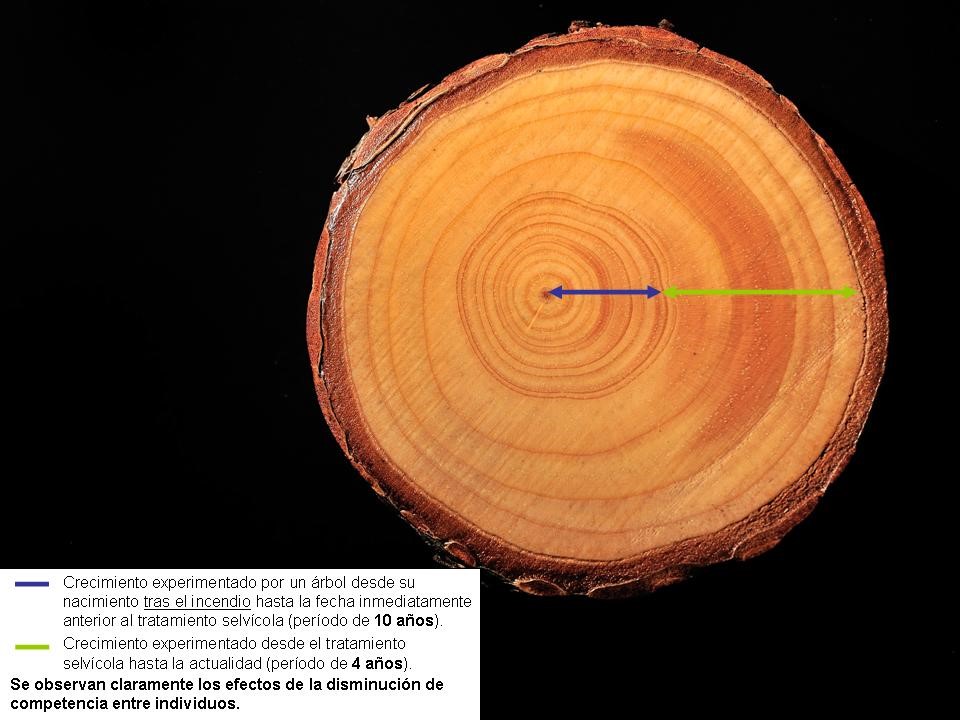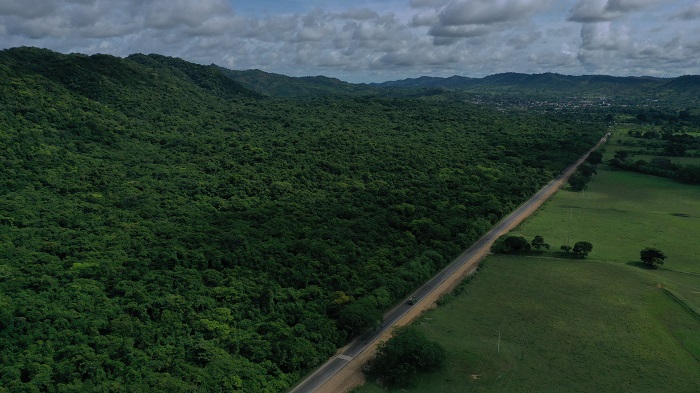JESÚS ALCANDA / Biomass plants department of Sacyr
Keeping the abysmal difference of income levels with the rest of the country in mind, the European Union, through the Common Agricultural Policy (CAP) has spent millions of euros in subsidized rural development programs to consolidate rural means of production and to latch the primary sector to the secondary sector as to increase rural income and not lose the population of rural areas. It has not been able to achieve that. If the EU stops insufflating money to rural areas, even for one year, they would be unpopulated.
Advantages of agricultural biomass usage
Biomass electric power plants set in rural areas for viability reasons achieve that connection from the primary sector to the secondary sector industry and bring continuous income into regions that need it like a godsend, underlining the value of crops and economically margined forest lands.
Furthermore, the necessary workforce to exploit agricultural and forest biomass is very high (1,100 direct workers per installed MW), which helps consolidate other complementary economic activities in slower work seasons, like the winter.
With all that, government aids to biomass electric power generation from agricultural and forest sources give back to society through the increase of rural income and the socioeconomic consolidation of agriculture activities related to the exploitation of biomass in rural areas.
It is incomprehensible how this method of energy production with agricultural and forest mass has not received the same enthusiastic backing as its sisters, the wind and photovoltaic renewable energies. It is incomprehensible.
Forest areas: renewable sources
Perhaps this incomprehensibility comes from the generalized irrational thoughts that cutting down trees is systematically bad. Forests are highly renewable resources. Since the 19th century, in Spain, you can only cut down trees in a forest with an administrative permit that states that the cutting is part of a plan that expands and improves the forest, under the old motto “Preserve by improving”. From the 19th century on, Spanish forests have only increased in biomass and surface.
To prove the advantages of authorized cutting, I am going to show you this photo of a cut section from a tree that was cut down after an intentional fire:

Each ring represents how much the tree has grown in a year. The blue arrow represents the growth of the tree during its first ten years of life. The narrowness of the rings indicates that the tree mass grew in such thickness that the soil nutrients could not nurture that much tree, and trees shrivel and weaken, and sooner or later, many grow sick or die from the lack of nutrients, attracting plagues and fires.
Right at this tree’s ten years of age, the tree mass of the forest was intervened using a type of cutting technique called mixed clear-cutting to reduce its thickness. In the four years following the cutting (marked by the green arrow), the tree grows thick and in height and density. The whole tree mass strengthens and will successfully combat plagues and illnesses. Even better, volume measures after those four years tell us that the forest had almost doubled its cumulative biomass and carbon fixation levels compared to when the tree was ten years old.
Well, there are 7 million hectares of woodland in Spain in the same state that the blue arrow represents, awaiting some variant of clear-cutting that alleviates their scarcity.
Using their biomass as an energy source would finance the costs of said cutting, diminishing the risk of plagues and fires. We will pray for biomass not to be cast as the Cinderella of renewable energies.
